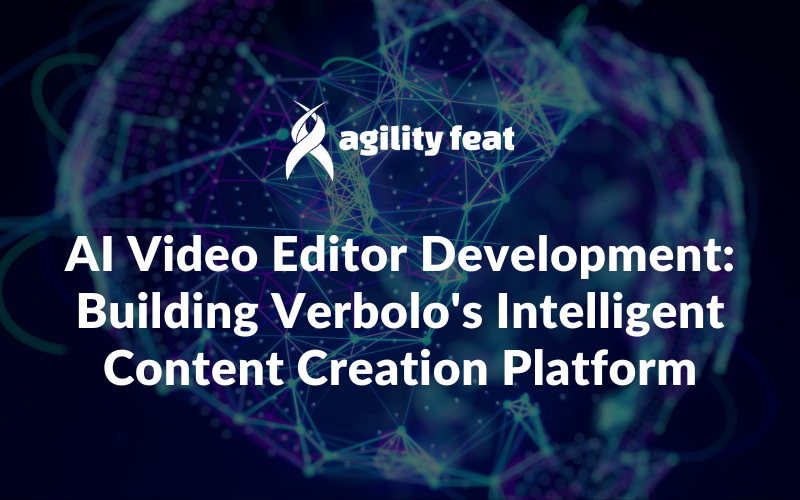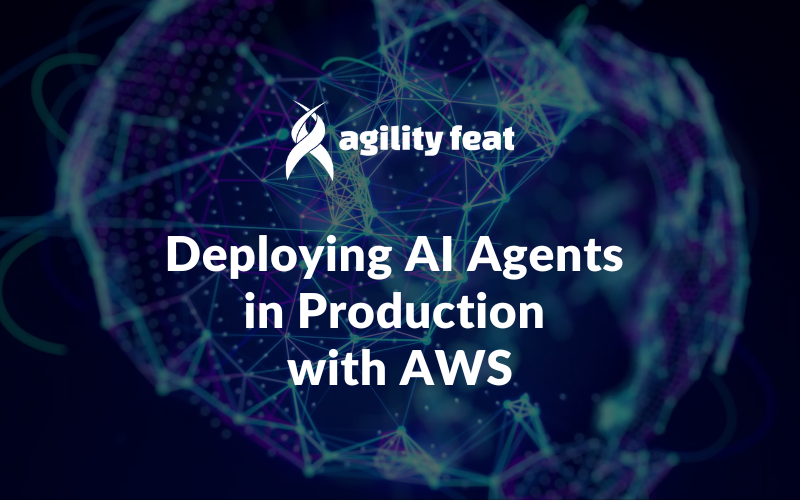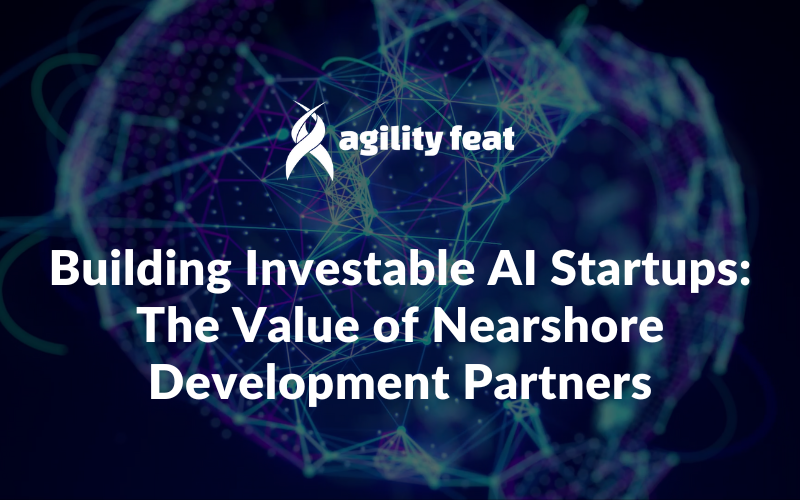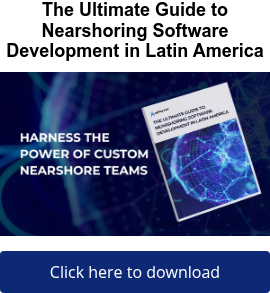AI is advancing at an astonishing pace—especially with the rapid evolution of large language models (LLMs). It seems like every few weeks there’s a new breakthrough, new tools, or new best practices. For software leaders, this pace can feel overwhelming. Yet sitting still isn’t an option. You know you need to explore how AI can transform your applications and your business processes—but how?
It’s essential to invest in AI people, not just AI projects. This means agile, hybrid teams that combine: a) your internal talent who know your product, customers, and business deeply, and b) outside experienced AI engineers who stay on top of the latest developments in LLMs and bring insights from having implemented them across a wide range of industries.
Check our the video below and read on for more insight.
Why You Need “AI People” More Than AI Projects
AI projects can become obsolete almost as soon as they’re completed. By the time a traditional software development cycle finishes, the models you started with may already be outdated, surpassed by faster, more capable, and cheaper alternatives.
That’s why it’s essential to invest in people, not just projects.
You need a team that understands how to work with LLMs, and also understands your business and how to drive meaningful results. Successful AI initiatives are built by people who can navigate constant change—who can identify where LLMs will actually make a difference and adapt quickly as the technology evolves.
One way to do this is training your team in the latest LLM technologies, as we did recently when we brought in author John Berryman to our Panamá offices to talk about “Prompt Engineering for LLMs”. This hands-on workshop reinforced the experience that our team has already built up building LLM based applications for our clients, and helped level set our team.
Beyond training your team, you need to bring in experienced technologists who have already experienced the challenges of building LLM driven applications in a rapidly changing environment. That’s where AgilityFeat’s LLM Integration Team comes in.
Building the Right AI Team
At AgilityFeat, we believe in assembling agile, hybrid teams that combine:
- Your internal talent who know your product, customers, and business deeply
- Our experienced AI engineers who stay on top of the latest developments in LLMs and bring insights from having implemented them across a wide range of industries
This collaborative approach lets you move fast, learn quickly, and integrate LLMs in ways that are practical and impactful—not just shiny demos.
Our talented team brings real-world experience to your work that will complement your team’s knowledge. One interesting public example of our work is the Voice agent we built for AVA Intellect through our subsidiary WebRTC.ventures. You can see more about that work in this case study, as well as a webinar where we demo’d the AVA Intellect application and our engineers talked about the architecture they used.
What “AI People” Bring to the Table
To be more specific, here are some of the common challenges that developers face when working with LLMs, and which an experienced team like ours can help you to overcome:
- Variable Inputs – Users are quickly adapting to the fact they can ask an LLM anything, This means extra challenges for software developers when trying to anticipate what users may type into a text box if they know AI is behind it. This could be simply asking for unexpected things, or even trying malignant use cases.
- Variable Outputs – LLMs produce non-deterministic output. Experienced engineers know how to prompt an LLM to produce output in specific formats that is more easily processed programmatically. But even with good prompt engineering and smart prompts, it’s still a challenge to handle the variable outputs an LLM can produce.
- Best Practices for Integrating Corporate Data – Modern LLMs can not only produce useful outputs based on the data they were trained on, but they can often search the web for you to find additional content. In addition to those capabilities though, LLM applications often need to integrate your company’s own proprietary data in a secure way, using techniques like Retrieval Augmented Generation (RAG). An experienced AI engineer can help you to do this more efficiently and avoid pitfalls.
- Testing, Evaluation, and Monitoring Best Practices – Because of the variable output produced by LLMs, it is harder to do manual and automated testing. An experienced AI engineer can help you implement best practices for both manual and automated evaluation of results from your LLM integration. On top of that, they can also help you to monitor the LLM integration over time so that you can continually monitor costs and usage, while evaluating and improving results.
A Roadmap for AI Success
Here’s how we help our clients embrace LLM technology with confidence:
- Prototype Quickly – Our experts can help you rapidly design and implement a working prototype of how LLMs can be used in your application—based on proven best practices and real-world experience.
- Scale Smartly – As you validate your prototype, we can augment your team with affordable, nearshore AI developers in Latin America. Our team works side-by-side with yours to build production-ready solutions.
- Build for the Long Term – When you’re ready to fully commit, we can even help you establish a dedicated nearshore Center of Excellence—your own Latin American subsidiary staffed with engineers trained in AI and aligned with your long-term goals.
Stay Ahead of the AI Curve
AI isn’t a one-time project—it’s an ongoing journey. It’s the people on your team who will determine whether your company falls behind or keeps pushing forward. Invest in “AI People” who can navigate the shifting landscape and help you turn new capabilities into real business value.
Ready to take the next step? We’d love to explore how we can help your team build smarter with LLMs. Contact our team directly today!











